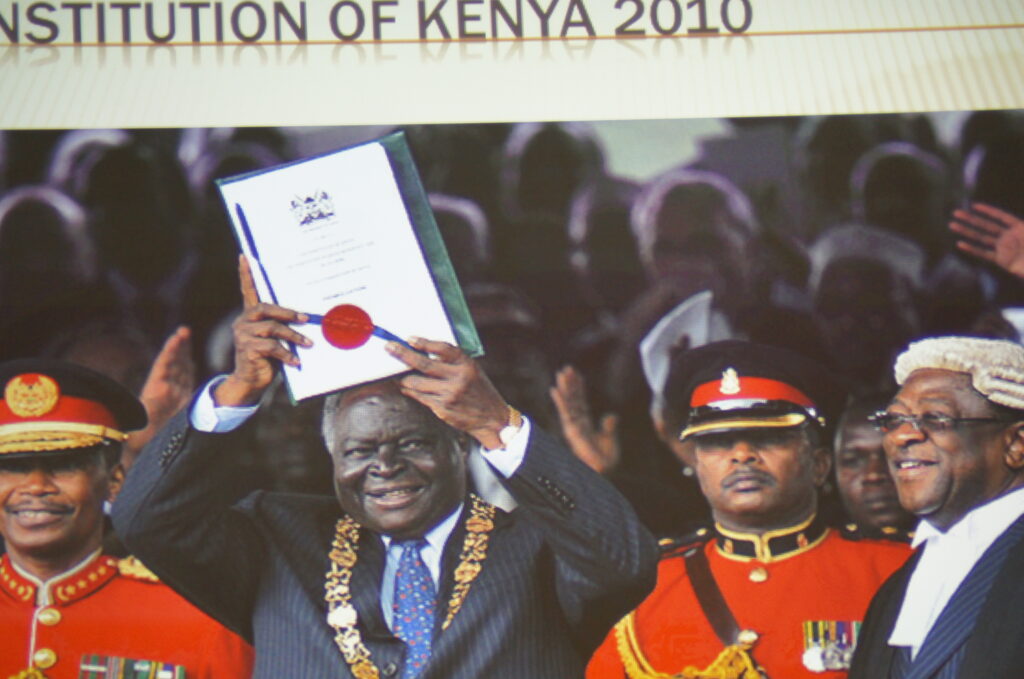THE JOURNEY
The journey leading up to the implementation of the Kenya Constitution 2010 was a long and
complex one, marked by significant political, social, and economic challenges. Here’s a brief
overview:
Historical Context:
- British Colonial Rule: Kenya was a British colony from 1895 to 1963. During this
time, the British established a system of indirect rule, which marginalized and
discriminated against the majority African population. - Independence and One-Party Rule: Kenya gained independence from Britain in
1963, and Jomo Kenyatta became the first President. The country adopted a one-party
system, which was dominated by Kenyatta’s Kenya African National Union (KANU).
Growing Dissatisfaction and Calls for Reform:
- Economic Inequality: Despite independence, Kenya continued to suffer from
significant economic inequality and poverty, particularly in rural areas. - Political Repression: The one-party system was characterized by political repression,
corruption, and a lack of accountability. - Civil Unrest: In the late 1980s and early 1990s, Kenya experienced increasing civil
unrest and protests against the government.
The Struggle for a New Constitution:
- Multi-Party Democracy: In 1991, the government was forced to introduce multi-
party democracy in response to growing pressure from the international community
and domestic opposition. - Constitutional Review: In 2000, a constitutional review process was initiated to
address the shortcomings of the existing constitution. - Referendum on the Draft Constitution: In 2005, a referendum was held on a draft
constitution, but it was rejected by voters.
The 2010 Constitution:

- Revised Draft Constitution: A revised draft constitution was developed and put to a
referendum in 2010. - Overwhelming Approval: The 2010 constitution was approved by a landslide,
marking a significant milestone in Kenya’s political history. - Implementation: The implementation of the new constitution began in 2010 and
involved a series of reforms aimed at strengthening democracy, devolution, and
human rights.
The journey leading up to the implementation of the Kenya Constitution 2010 was a long and
arduous one, marked by struggle, sacrifice, and hope. The new constitution represented a
significant step forward in Kenya’s democratic development, but its full implementation
remains a work in progress.
